Is laser TV different from traditional home projectors?
As smart laser TVs became more popular, the industry's discussion of laser TVs never stopped. Many of them are keen to explore the difference between laser TV and traditional projection. On the surface, the application of smart laser TV and home projection is very similar, so people can't help but compare the two, but we can't rely on subjective consciousness to judge who is good or who is bad. Now let's take INESA smart laser TV as an example. See what is the difference between laser TV and home projection.
Is laser TV really good? What is the difference between contrast projection?
A friend who has seen a laser TV will find that it consists of a laser host + a separate screen, which projects the image onto the screen through the laser host. In fact, from the working principle, the host of the laser TV uses the reflection of the laser source. Ultra short throw projector. But since it is called laser TV, it will be different in all respects compared with traditional projection.
Difference 1: the light source is different
Seeing online reports that laser TVs use ultra-high pressure mercury lamps as the light source, this is obviously wrong, although similar to the projection, the light source is not the same. The reason why it is called laser TV is also one of the most obvious differences with projection. Laser TV uses solid-state laser as the light source, while most of the traditional projectors use ultra-high pressure mercury lamps.
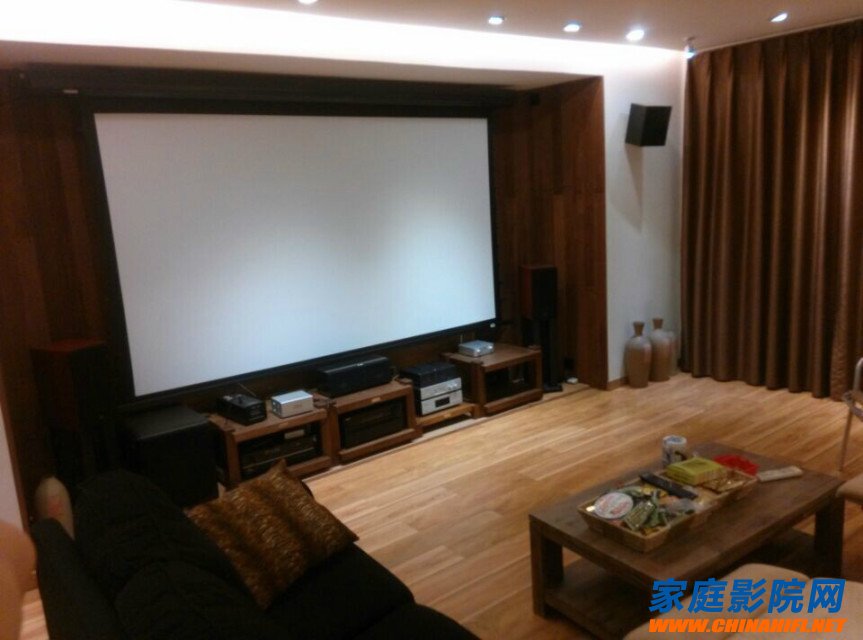
INESA Smart Laser TV's laser source life can reach more than 25,000 hours, according to 10 hours a day, its life expectancy is at least 8 years, and the life expectancy of 8 hours per day is at least 10 years. The life of the ultra-high pressure mercury lamp is generally about 5,000 hours, calculated according to the use time of 8 hours per day, and the life expectancy is about 2 years. In addition, the statement that the light source gradually weakens with the passage of time is true for the ultra-high pressure mercury lamp used in the projector. In theory, because the life of the laser source is longer, the brightness will not be attenuated for a long time, but whether it is so or not is the user's own comparison.
Difference 2: Installation method
Whether it's a laser TV or a home projection, the application involves an installation problem in the home. Since the projection of a large-size picture requires a projection distance guarantee, in general, in order to ensure the picture quality and the overall aesthetics of the living room installation, most households use the projector to adopt the hoisting method.
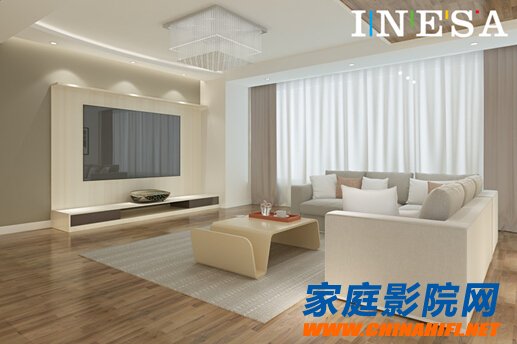
Home projections are mostly hoisted
Of course, the projection can also use the desktop front projection method, but if someone walks between the projector and the projection screen, it will block the screen and affect the viewing effect. Generally, a projector that does not have a short-focus function requires a distance of about 3.3-3.6 meters to project a 100-inch screen, and a distance of about half a meter is required, which is not only cumbersome but also takes up space.
Laser TV can be placed flat on the TV cabinet
INESA smart laser TV uses the principle of reflective short-focus projection, which can project 100-inch images within a distance of half a meter. Therefore, it is not necessary to hoist like a projector. Like a flat-panel TV, the laser TV and the screen can be placed flat on the TV cabinet, occupying less space and without the cumbersome traditional wiring.
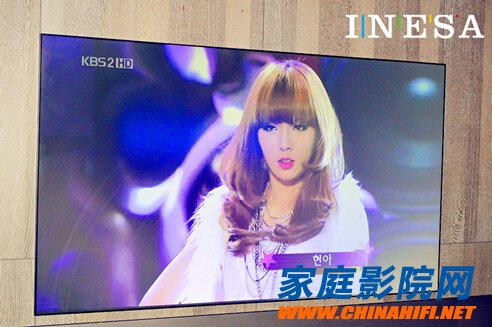
Difference three: anti-ambient light
Because INESA intelligent laser TV adopts the principle of reflective short-focus projection, the projection distance is shortened, and the interference of ambient light is indeed reduced to some extent. In addition, it is equipped with a reflective screen that directly reflects the light from the laser host into people's eyes, so people will see a clear picture. The traditional projection requires a certain projection distance, and the good projection screen is more comfortable for people to observe the shadow. Most of them use the principle of diffuse reflection to avoid direct reflection of the projected glare, so the performance against ambient light is relatively weak.
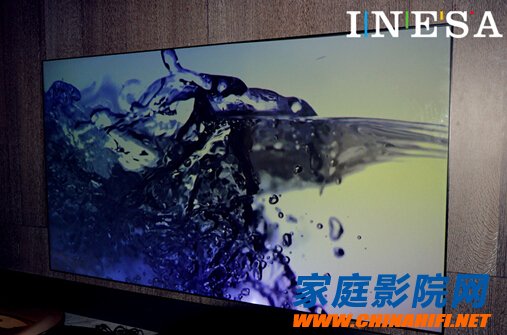
Laser TV, in any respect, is many times beyond traditional projection. In terms of screen, picture quality, eye protection and performance, it is all-round beyond traditional projection. I believe that in the near future, China will usher in the era of laser TV.
Fiber patchcord and pigtails are essential passive components for FTTH ODN connectivity; Bwinners offers different types of fiber connectivity cables with fully customized connectors, main products including Fiber Patchcord, Fiber Pigtail, Fiber Bunchy Cable, Ribbon Fiber Cable, Fiber Breakout Cable, Fiber Drop Cable, Fiber MPO Patchcord, Optical Cable Pigtail, Fiber Optic Ribbon Pigtail, Fiber Optic Patch Cord, Optical Fiber Pigtail .etc.
Technical specifications:
|
Pigtail Connector |
PC (SM) |
UPC (SM) |
APC (SM) |
MM |
|
Return Loss (dB) |
≥45 |
≥50 |
≥60 |
≥35 |
|
Insertion Loss (dB) |
≤0.2 (max≤0.3) |
|||
|
Repeatability (dB) |
≤0.1 |
|||
|
Durability(1/Matings) |
≥500 |
|||
|
Operation Temperature (°C) |
-25~+70 |
|||
|
Tensile Strength (N) |
≥90 (Φ3.0), ≥70 (Φ2.0), Φ0.9 |
|||
|
Fiber |
9/125um, 50/125um,62.5/125um,ect |
|||
|
Diameter |
0.9mm 2.0mm, 3.0mm etc |
|||
|
Cable material |
PVC, LSZH |
|||
|
Cores |
Simplex, duplex, 4cores, 6cores, 8cores, 12cores etc |
|||
Features:
1. Good durability
2. Good exchangeability
3. High temperature stability
4. Low insertion loss and back reflection loss
5. Superior Quality Standard PC/UPC/APC Polishing
6. Standard: Telcordia GR-326-CORE, TIA/EIA and IEC
7. The patch cord can be customized according to customer`s specific requirements
Applications:
1. Optical fiber communication system
2. Telecommunication network
3. LANs and WANs
4. FTTX, LAN, PON & Optical CATV, Local ring net
5. Optical fiber test equipment
6. Optical fiber sensor
7. Industry and military application
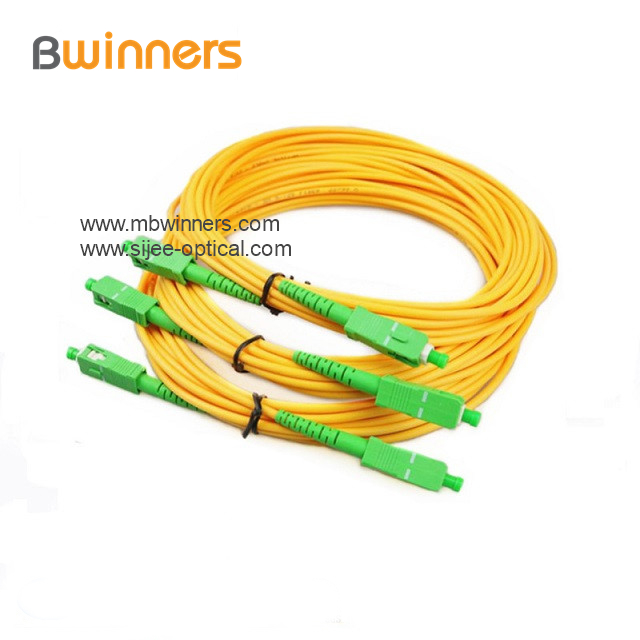
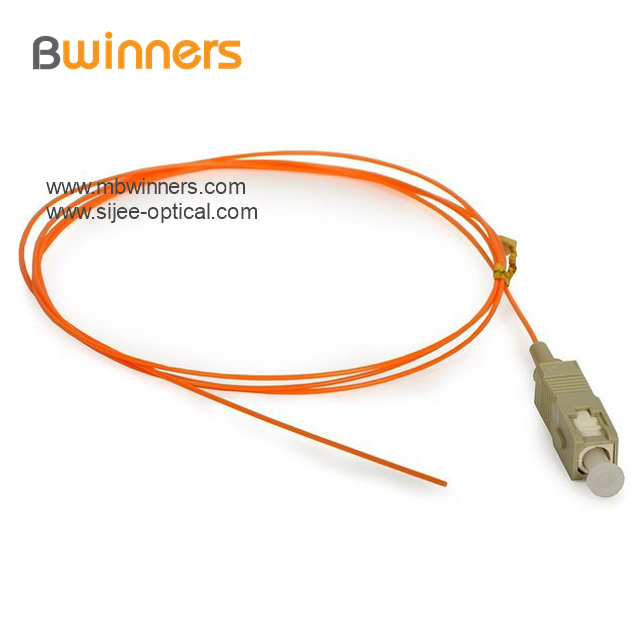
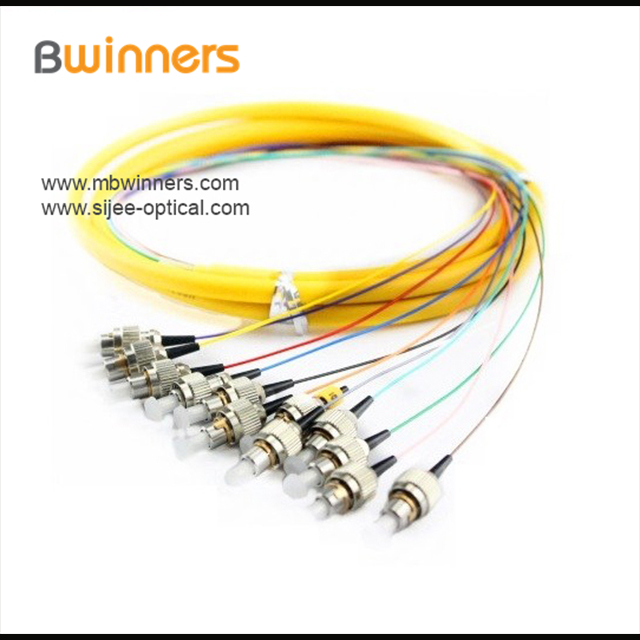
Free samples are available for your testing.
Optical Cable Pigtail,Fiber Optic Ribbon Pigtail,Fiber Optic Patch Cord,Optical Fiber Pigtail
Sijee Optical Communication Technology Co.,Ltd , https://www.sijee-optical.com